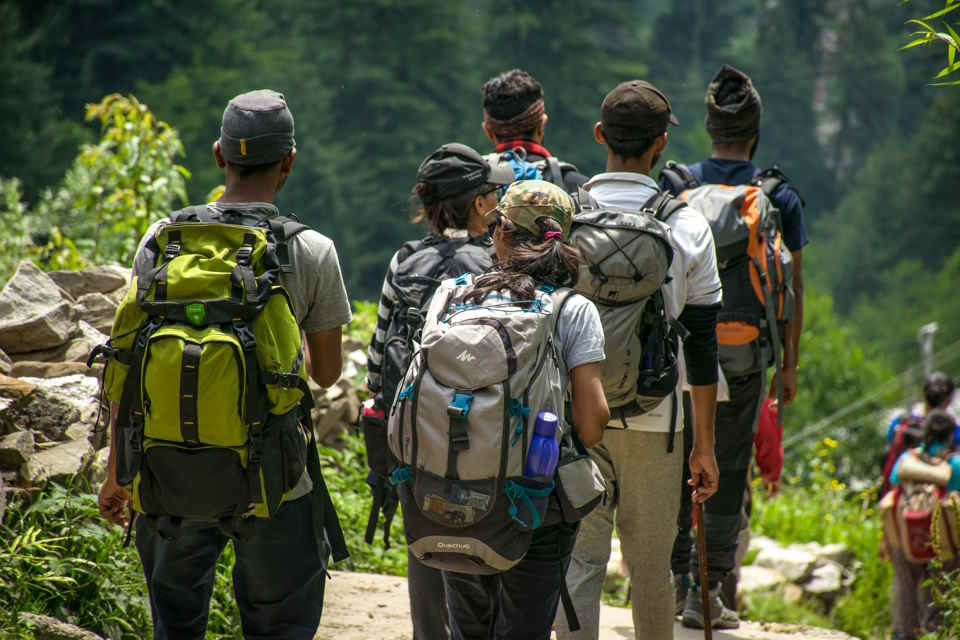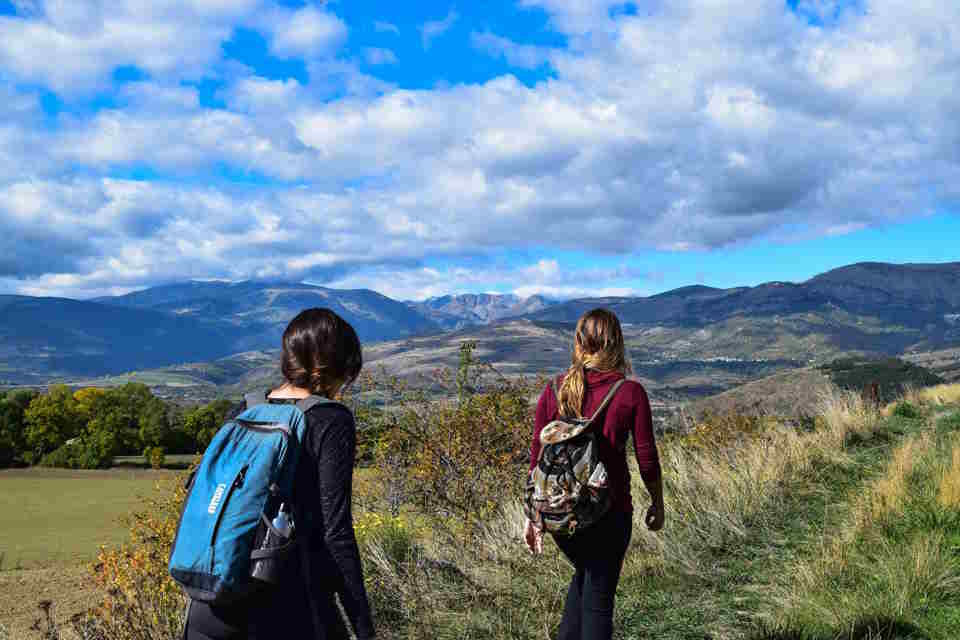Are you an outdoor enthusiast who loves exploring off-the-beaten-path trails? If so, then mastering the art of map and compass navigation is an essential skill to have in your arsenal. In this blog post, we will delve into the fundamentals of using a map and compass while trekking. From understanding the basics of map and compass navigation to identifying key landmarks and orienting the map, we will provide you with the knowledge needed to confidently navigate through any terrain. We will also discuss using the compass to determine direction and route, as well as practicing navigation skills in various terrain and conditions. So, grab your map and compass, and get ready to take your trekking adventures to the next level!Learn the basics of map and compass navigation, identifying landmarks, using the compass for direction, and practicing skills in different terrains.
Understanding The Basics Of Map And Compass Navigation
Map and compass navigation are essential skills for anyone who enjoys outdoor activities such as hiking, backpacking, or orienteering. Understanding the basics of map and compass navigation involves learning how to read topographic maps, identify key landmarks, and use a compass to determine direction and route. These skills are crucial for staying safe and on track when venturing into unfamiliar terrain.
One of the first steps in map and compass navigation is learning how to read a topographic map. Topographic maps use contour lines to represent the shape of the land, allowing you to visualize changes in elevation and understand the terrain you will be navigating. By learning to interpret these lines, you can gain a better understanding of the landscape and plan your route accordingly.
Identifying key landmarks is another important aspect of map and compass navigation. Landmarks such as mountain peaks, rivers, and valleys can serve as reference points on the map, helping you to orient yourself and stay on course. By learning to identify these features on the map and in the landscape, you can navigate with confidence and accuracy.
Once you have mastered the basics of reading maps and identifying landmarks, you can begin to use a compass to determine direction and route. A compass allows you to orient the map to the surrounding terrain and take bearings to identify the direction of travel. By combining these skills with map reading, you can plot a course to your destination and navigate with precision.
Identifying Key Landmarks And Orienting The Map
When venturing into unknown terrain, it is crucial to be able to identify key landmarks and orient the map properly. Identifying landmarks such as prominent peaks, rivers, and distinctive topographical features can help in navigating through the area with confidence. It is also important to be able to orient the map correctly so that it aligns with the surrounding landscape.
One method for identifying key landmarks is to study the map beforehand and take note of any major features that are likely to stand out in the terrain. By familiarizing oneself with the map and key landmarks, it becomes easier to recognize these features in the actual landscape and determine one’s position.
Another important aspect of orienting the map is to use a compass to align the map with the surrounding terrain. This involves matching the features on the map with those visible in the landscape, ensuring that the map is properly oriented to the direction in which one is facing.
By mastering the skill of identifying key landmarks and orienting the map, outdoor enthusiasts can navigate through unfamiliar terrain effectively and safely, allowing for a more enjoyable and fulfilling wilderness experience.
Using The Compass To Determine Direction And Route
Using a compass to determine direction and route is an essential skill for outdoor enthusiasts, hikers, and adventurers. The compass is a reliable tool that helps individuals navigate through unfamiliar terrain and find their way back to familiar locations.
When using a compass, it’s important to first identify the direction of travel on the map and then align the compass with the corresponding degree on the map. This will provide the user with the accurate direction they should be heading towards.
As the user moves, they should continue to check the compass to ensure they are still heading in the correct direction. This allows them to make adjustments to their route if needed in order to stay on course and reach their destination.
Practicing with a compass in different terrains and weather conditions is crucial to developing confidence and proficiency in navigation skills. By regularly using a compass, individuals can gain the necessary experience to effectively use this tool in various outdoor scenarios.
Practicing Navigation Skills In Various Terrain And Conditions
Once you have mastered the basics of map and compass navigation and are able to identify key landmarks and orient the map, it’s time to take your skills to the next level by practicing in various terrain and conditions.
This can involve navigating through wooded areas, open fields, hilly terrain, or even urban environments. Each type of terrain requires a different approach and the ability to adapt to the specific challenges it presents. Practicing in different conditions such as rain, fog, or snow can also be invaluable as it simulates real-life scenarios where visibility may be limited.
By practicing navigation skills in a variety of terrain and conditions, you will become more confident in your abilities and better prepared to handle any situation that may arise during outdoor adventures. This hands-on experience will also help you develop quick decision-making skills and a keen sense of direction, which are essential for safe and successful navigation in the wilderness.
Remember, the more you practice, the more comfortable and proficient you will become at navigating through different terrains and conditions. So, don’t be afraid to challenge yourself and seek out new environments to hone your navigation skills.








